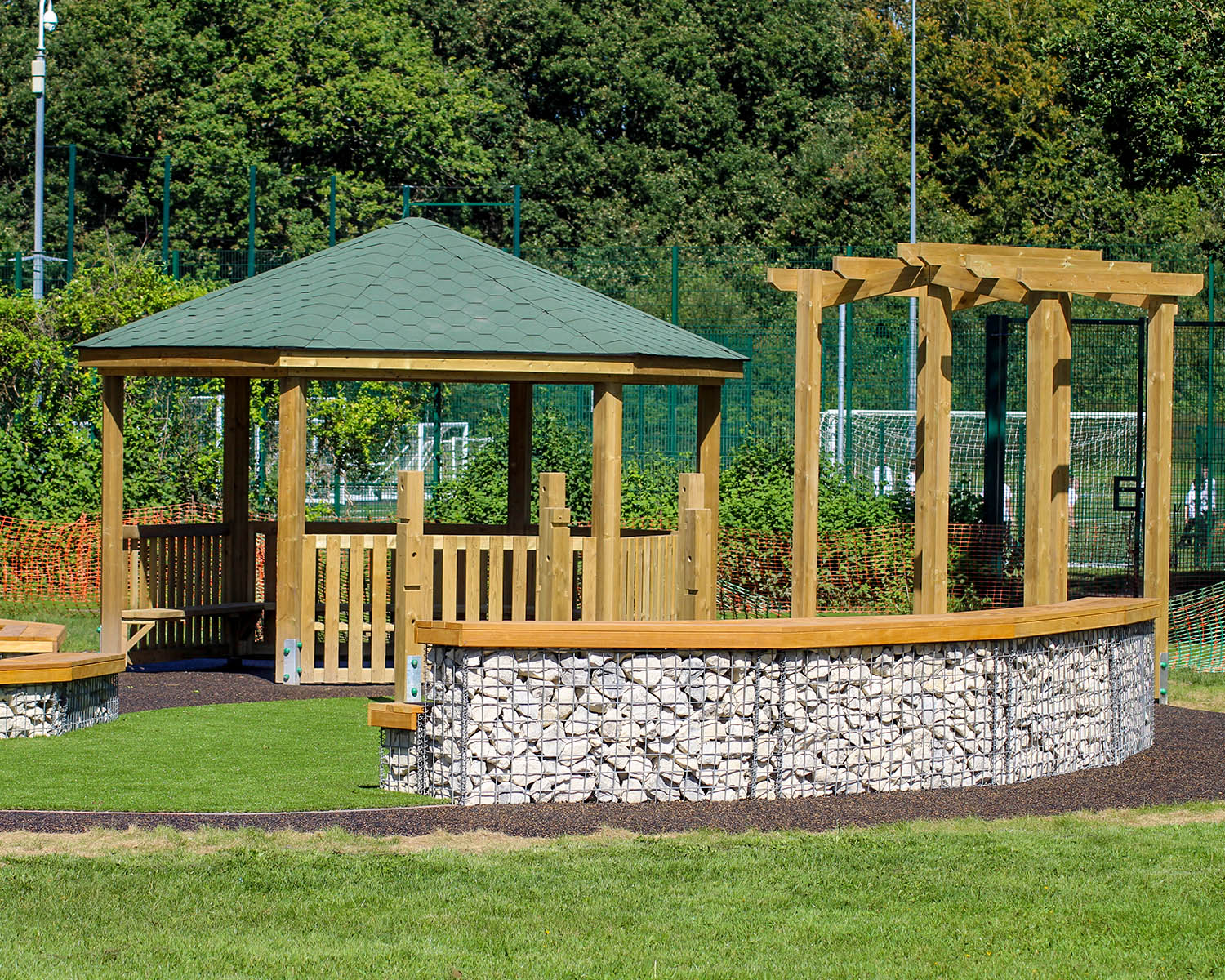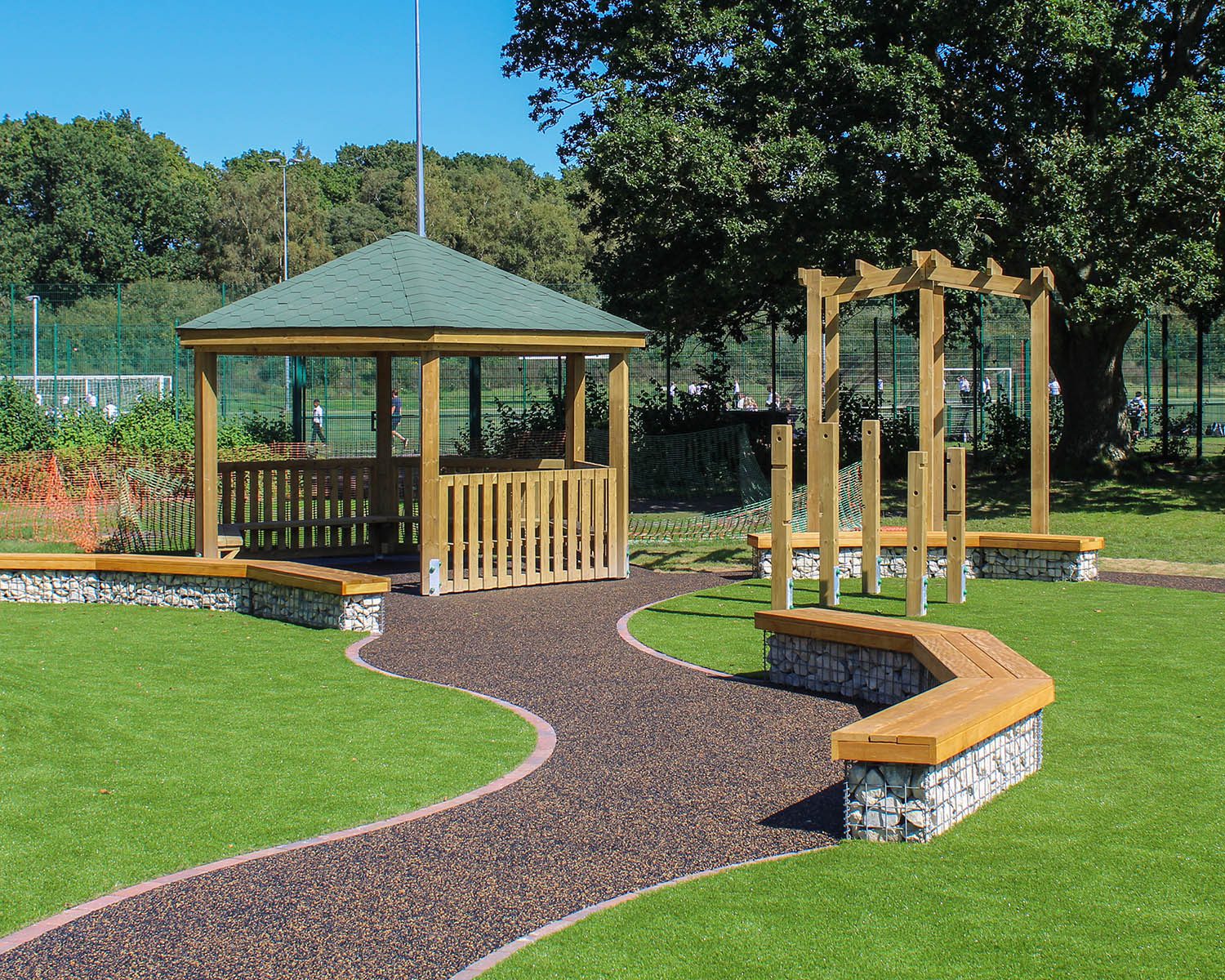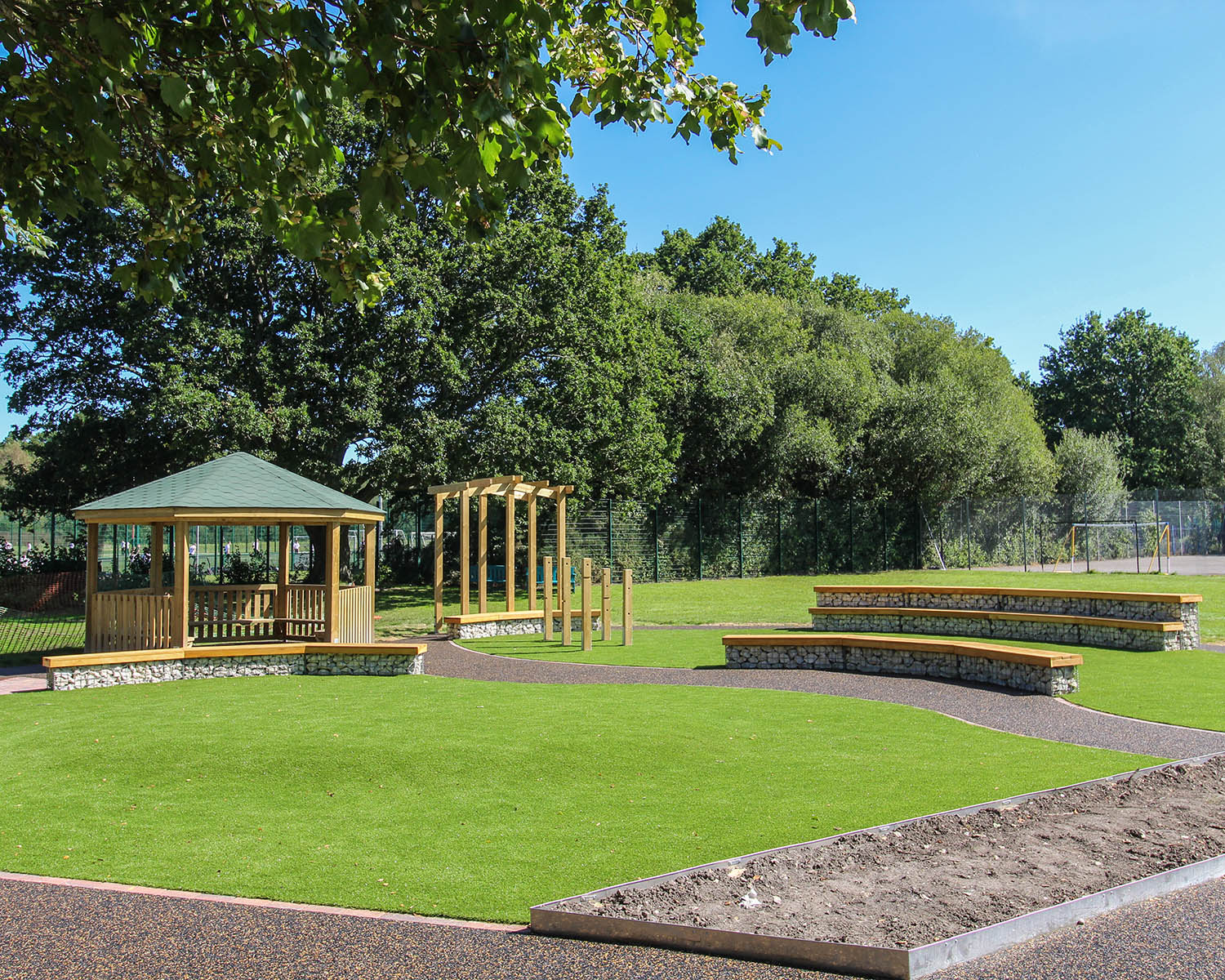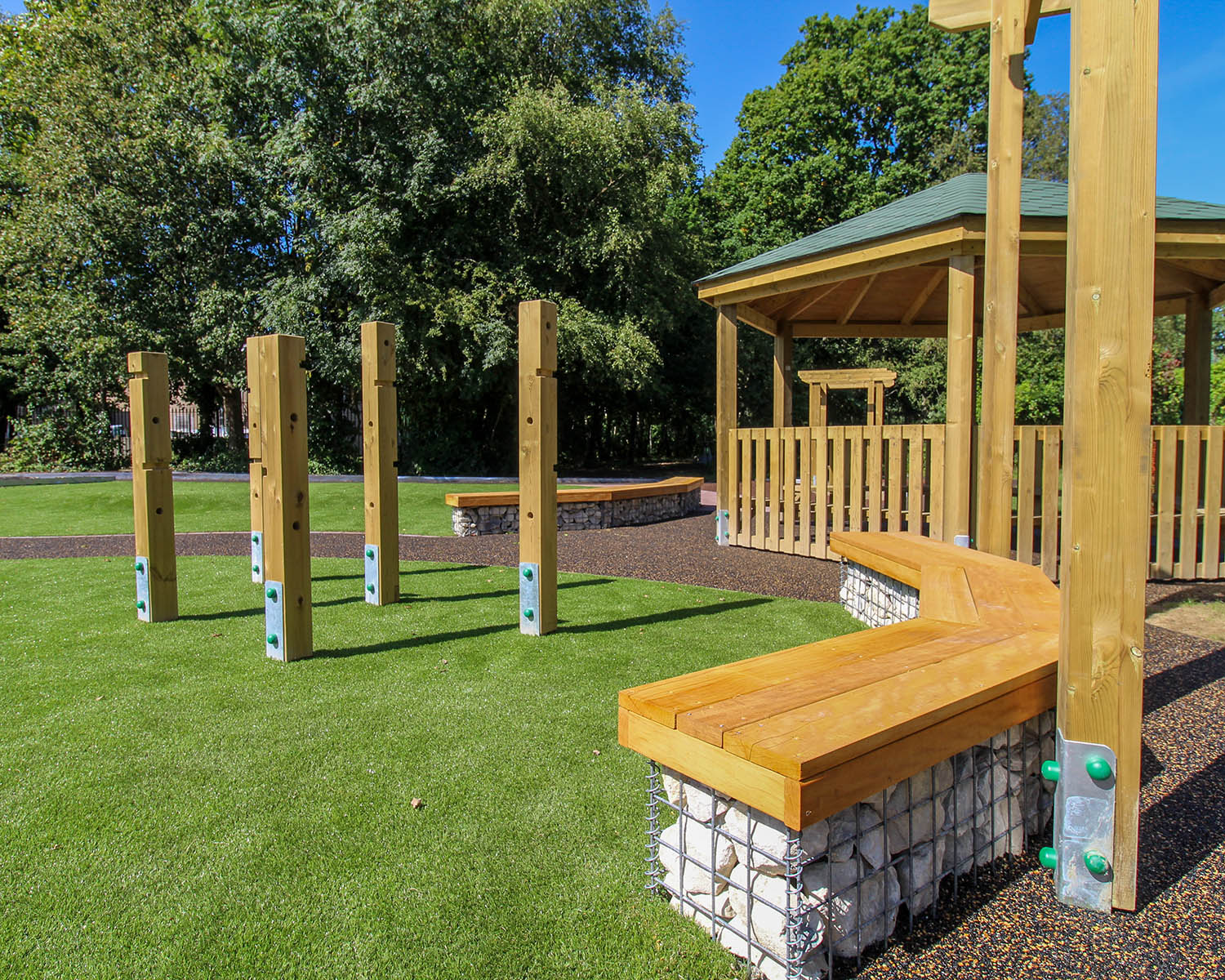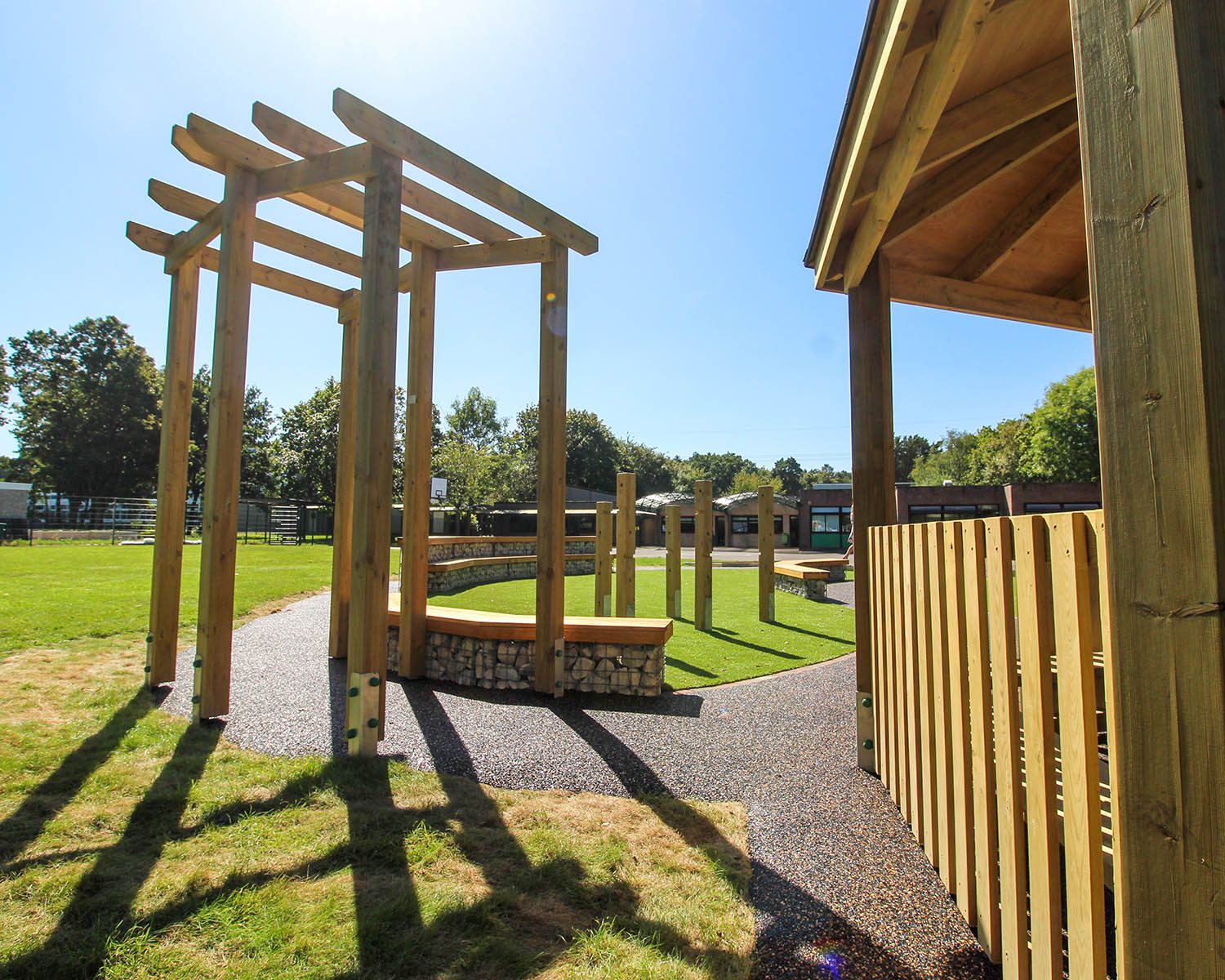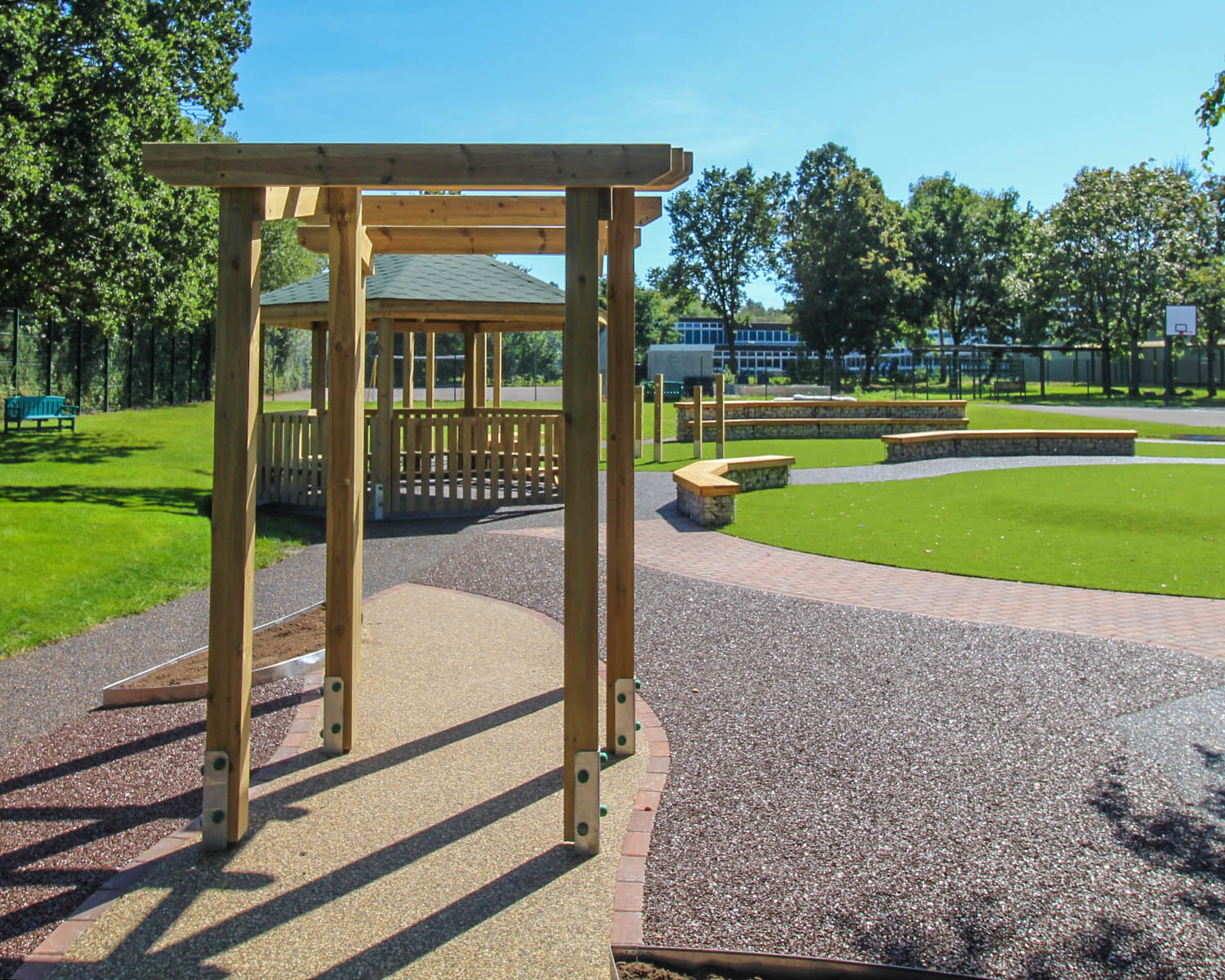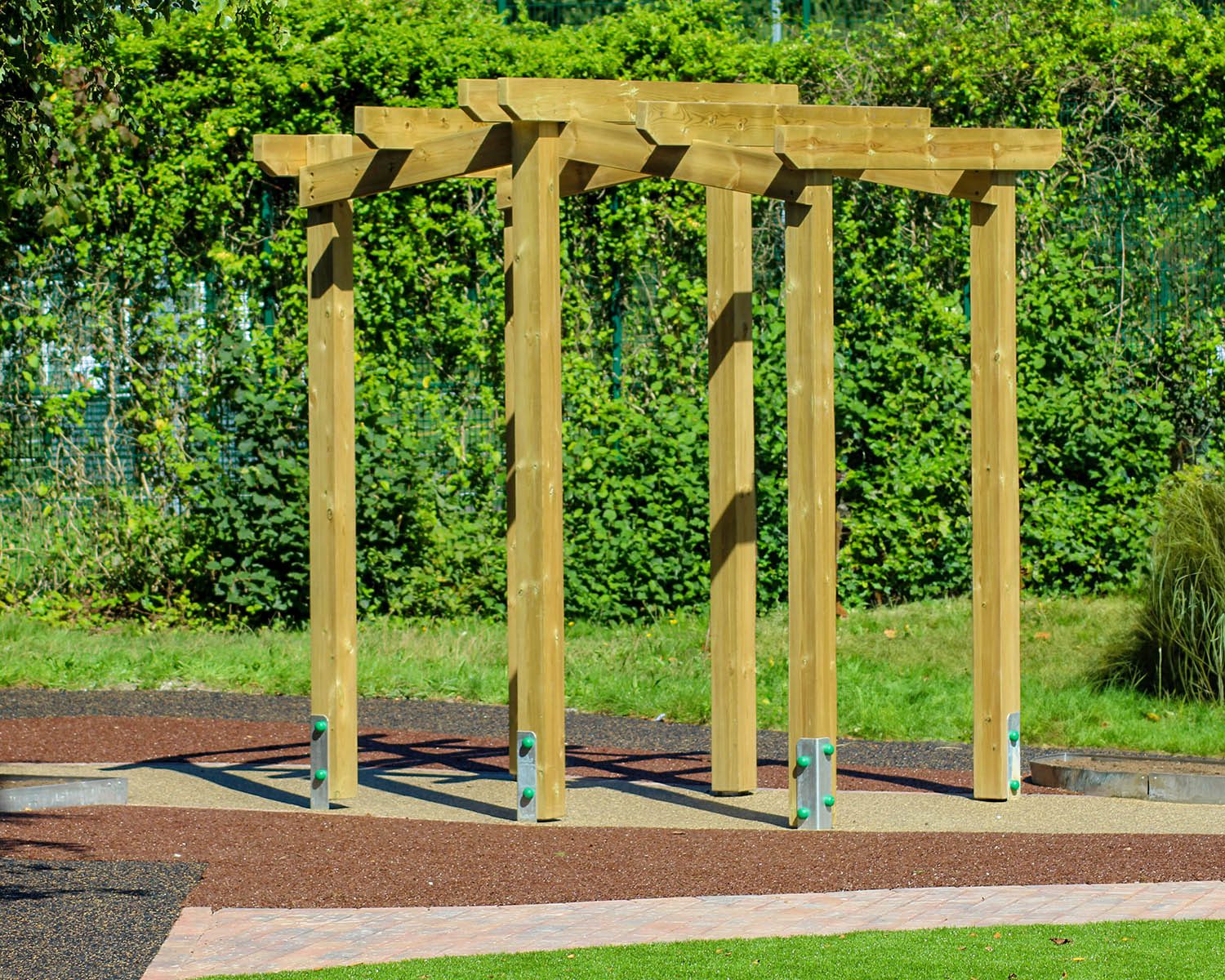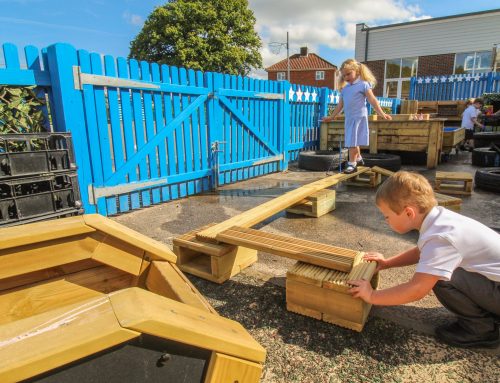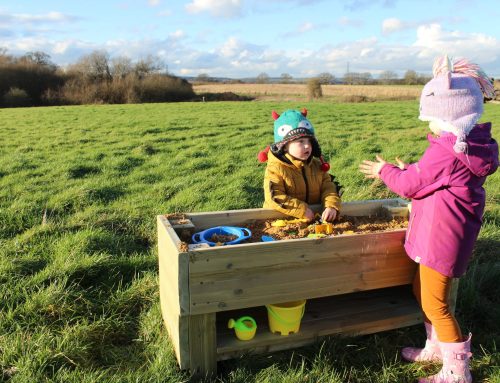Secondary education is a crucial period in a student’s life, marked by academic challenges and personal growth. In the quest for holistic development, educators are increasingly turning to innovative approaches, and one such enchanting avenue is the creation of sensory gardens within secondary school environments. In this blog, we’ll explore the fascinating world of sensory gardens and how they contribute to both academic excellence and well-being among older students.
The Multi-Faceted Benefits of Sensory Gardens:
- Stress Reduction and Well-being: The transition to secondary school can be stressful for students. Sensory gardens offer a serene escape, providing a peaceful retreat where students can relax, unwind, and reduce stress levels. The natural elements and calming scents create an atmosphere conducive to well-being.
- Enhanced Focus and Concentration: Engaging with nature has been linked to improved concentration and cognitive function. A sensory garden provides a sensory-rich environment that stimulates the mind, helping students to refocus and enhance their attention during the school day.
- Stimulating the Senses: Sensory gardens cater to all five senses, offering a diverse range of stimuli. From the vibrant colors of flowers to the texture of various plants, the fragrance of herbs, the sound of rustling leaves, and even the taste of edible plants, students can explore and activate each sense in a hands-on manner.
- Hands-On Learning Opportunities: Sensory gardens serve as outdoor classrooms, offering practical learning experiences. Students can study plant life cycles, biodiversity, and ecological systems while actively participating in the care and maintenance of the garden.
- Social Interaction and Collaboration: Designed as communal spaces, sensory gardens encourage social interaction. Students can collaborate on garden projects, share ideas, and engage in meaningful conversations, fostering a sense of community and teamwork.
Practical Elements of a Sensory Garden for Secondary Schools:
- Colourful Flora and Fauna: Integrate a variety of colourful flowers and plants to engage visual senses. Consider plants with different textures, shapes, and sizes to create a visually stimulating environment.
- Fragrant Herbs and Flowers: Plant aromatic herbs and flowers to entice the sense of smell. Fragrances like lavender, mint, or rosemary can have calming or invigorating effects, contributing to a positive atmosphere.
- Touch and Texture Stations: Designate areas with plants of varying textures. Include plants with smooth leaves, rough bark, or fuzzy textures, allowing students to explore and appreciate the diversity of tactile sensations.
- Soundscapes with Wind Chimes or Water Features: Incorporate elements that produce gentle sounds, such as wind chimes or a small water feature. These additions contribute to the auditory experience, creating a soothing backdrop to the outdoor space.
- Seating Areas for Reflection: Create comfortable seating areas where students can relax, read, or engage in reflective activities. Benches, hammocks, or even designated quiet corners can serve as spaces for introspection and relaxation.
Sensory gardens represent more than just a collection of plants; they are living, breathing spaces that enhance the secondary school experience. As educators embrace the concept of holistic education, the integration of sensory gardens becomes a powerful tool for nurturing both the academic and emotional well-being of students. By immersing themselves in the enchanting world of nature, secondary school students can find inspiration, relaxation, and a renewed sense of purpose in their educational journey.

